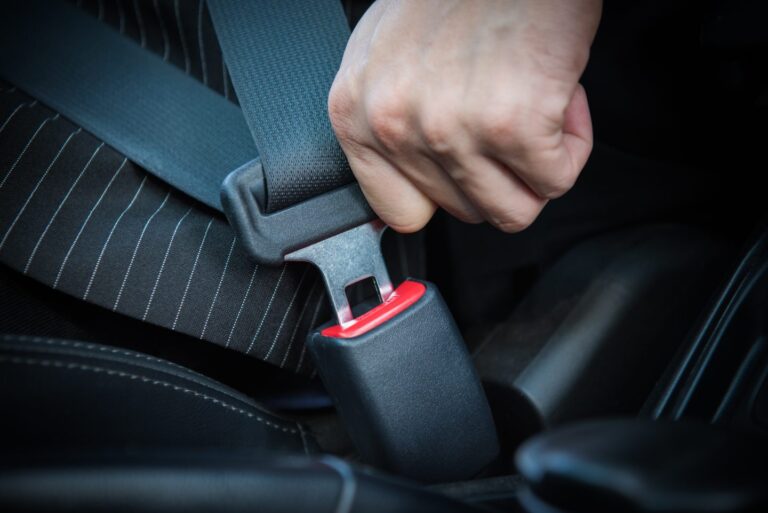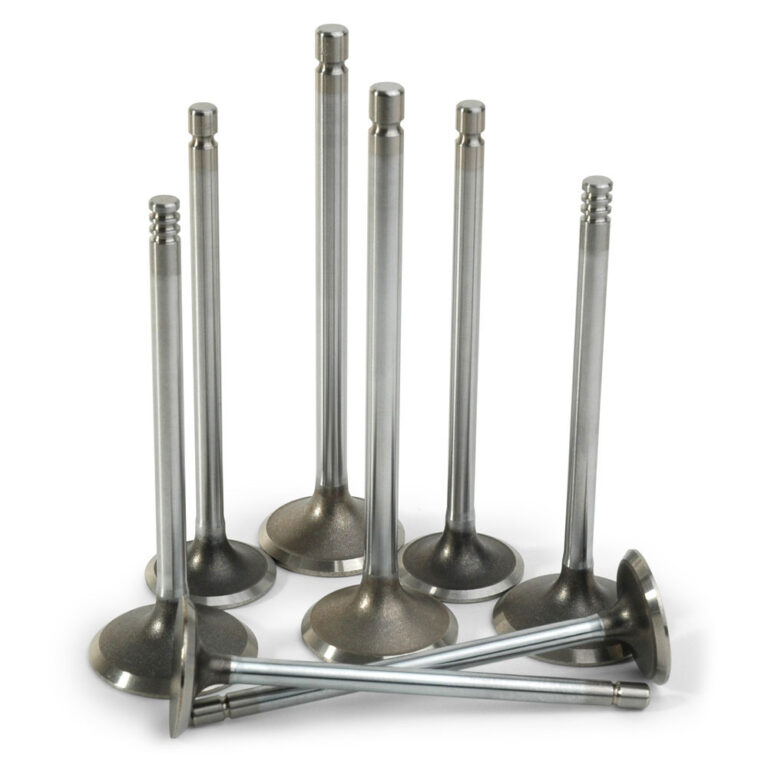Axles: The Backbone of Vehicle Stability and Performance
When it comes to the functionality and performance of any vehicle, whether it’s a car, truck, or heavy-duty machinery, axles play a crucial role. Axles are the structural components that connect the wheels to the chassis of a vehicle, allowing for the transfer of power from the engine to the wheels. In addition to power transfer, axles also support the weight of the vehicle and provide stability during acceleration, braking, and cornering. In this comprehensive guide, we will explore the different types of axles, their functions, and their importance in ensuring the safety and efficiency of various types of vehicles.
The Anatomy of an Axle
Before delving into the various types of axles and their functions, it’s important to understand the basic anatomy of an axle. An axle is essentially a shaft or rod that connects the wheels on either side of a vehicle. It consists of several key components, including the axle housing, axle shafts, bearings, and seals. The axle housing, also known as the axle tube, encases the axle shafts and provides support for the weight of the vehicle. The axle shafts, on the other hand, are the actual rods that connect the wheels to the vehicle’s chassis. They are responsible for transmitting power from the differential to the wheels, allowing for movement and control.
Another critical component of an axle is the bearings, which are located within the axle housing and support the rotation of the axle shafts. These bearings are crucial for reducing friction and ensuring smooth and efficient operation of the axles. Lastly, seals are used to prevent the entry of dirt, water, and other contaminants into the axle housing, thereby protecting the internal components from damage and wear. Understanding the role of each of these components is essential for appreciating the importance of axles in the overall functionality of a vehicle.
The Different Types of Axles
There are several different types of axles, each designed for specific applications and vehicle configurations. The most common types of axles include the solid axle, independent suspension axle, and tandem axle. Solid axles, also known as live axles, are a traditional type of axle used in many rear-wheel-drive vehicles. These axles consist of a single rigid shaft that connects the wheels on both sides of the vehicle. While solid axles are known for their durability and strength, they can also result in a rougher ride and limited suspension articulation.
On the other hand, independent suspension axles are designed to allow each wheel to move independently, providing a smoother ride and better handling. This type of axle is commonly found in modern passenger cars, as well as high-performance vehicles. Independent suspension axles are more complex in design and typically cost more to manufacture, but they offer significant advantages in terms of ride comfort and vehicle dynamics.
Tandem axles, also known as double axles, are used in heavy-duty trucks and trailers to distribute weight and support heavier loads. These axles consist of two sets of wheels positioned in close proximity to each other, allowing for greater weight capacity and stability. Tandem axles are essential for ensuring the safe and efficient transportation of goods and materials, particularly in the commercial and industrial sectors.
The Functions of Axles
Now that we have an understanding of the different types of axles, it’s important to explore their specific functions and the role they play in the overall performance of a vehicle. One of the primary functions of axles is to transfer power from the engine to the wheels, allowing for forward or backward movement. This power transfer is made possible through the use of differential gears, which are located within the axle housing and enable the wheels to rotate at different speeds when turning corners or navigating uneven terrain.
In addition to power transfer, axles also support the weight of the vehicle and provide stability during acceleration, braking, and cornering. This is particularly important in heavy-duty vehicles and off-road vehicles, where the demands on the axles are greater due to the weight and terrain conditions. Furthermore, axles play a crucial role in maintaining proper wheel alignment and geometry, ensuring that the wheels are positioned correctly and the vehicle maintains optimal handling and traction.
The Importance of Axles in Vehicle Safety and Efficiency
Given the critical functions of axles in supporting the weight of the vehicle, transferring power, and ensuring stability and control, it’s clear that they are essential for ensuring the safety and efficiency of various types of vehicles. Properly functioning axles are crucial for maintaining vehicle stability and preventing rollovers, particularly in heavy-duty trucks and off-road vehicles. They also contribute to the overall handling and performance of a vehicle, allowing for smooth and predictable movement in a variety of driving conditions.
Furthermore, the design and construction of axles have a direct impact on the fuel efficiency and operating costs of a vehicle. Inefficient or worn-out axles can result in increased friction and power loss, leading to higher fuel consumption and reduced overall efficiency. By investing in high-quality axles and conducting regular maintenance, vehicle owners and operators can optimize fuel economy and prolong the lifespan of their vehicles, ultimately saving time and money in the long run.
Conclusion
In conclusion, axles are the backbone of vehicle stability and performance, playing a crucial role in power transfer, weight support, and overall vehicle control. Understanding the different types of axles, their functions, and their importance in ensuring the safety and efficiency of various types of vehicles is essential for vehicle owners, operators, and enthusiasts. By investing in high-quality axles and prioritizing regular maintenance, individuals can optimize the performance and longevity of their vehicles, ultimately ensuring a safe and enjoyable driving experience.
| Axle Type | Application |
|---|---|
| Solid Axle | Rear-wheel-drive vehicles |
| Independent Suspension Axle | Modern passenger cars, high-performance vehicles |
| Tandem Axle | Heavy-duty trucks, trailers |
,refusal: null








Leave a Comment